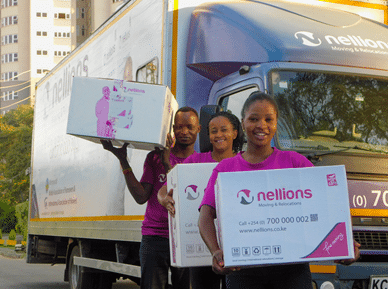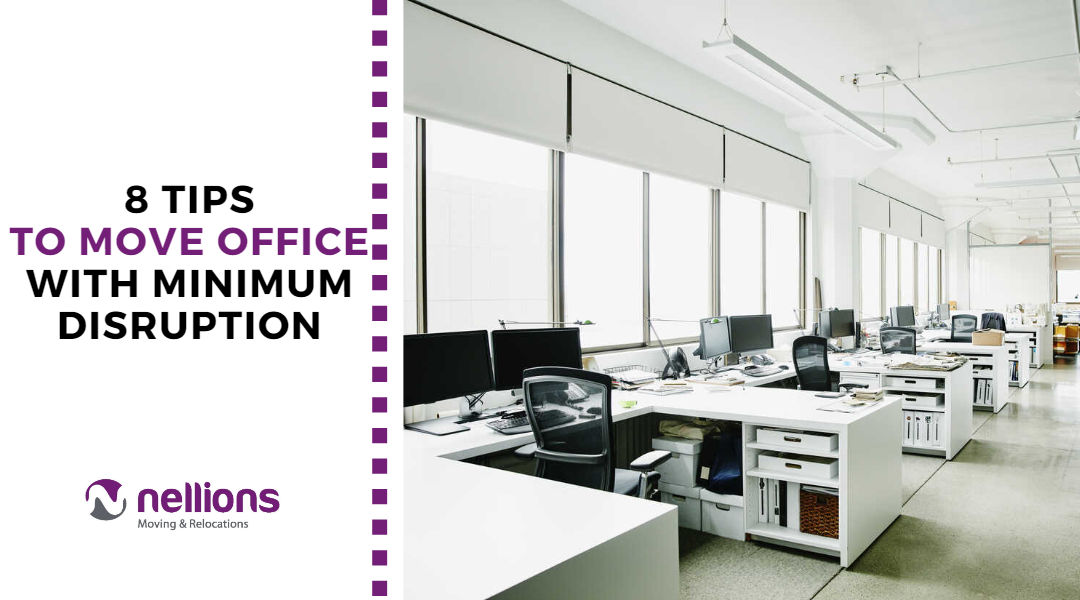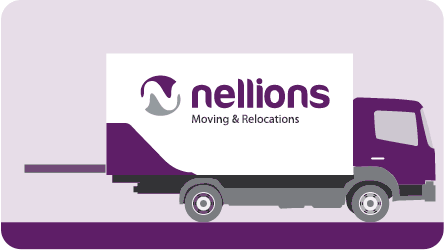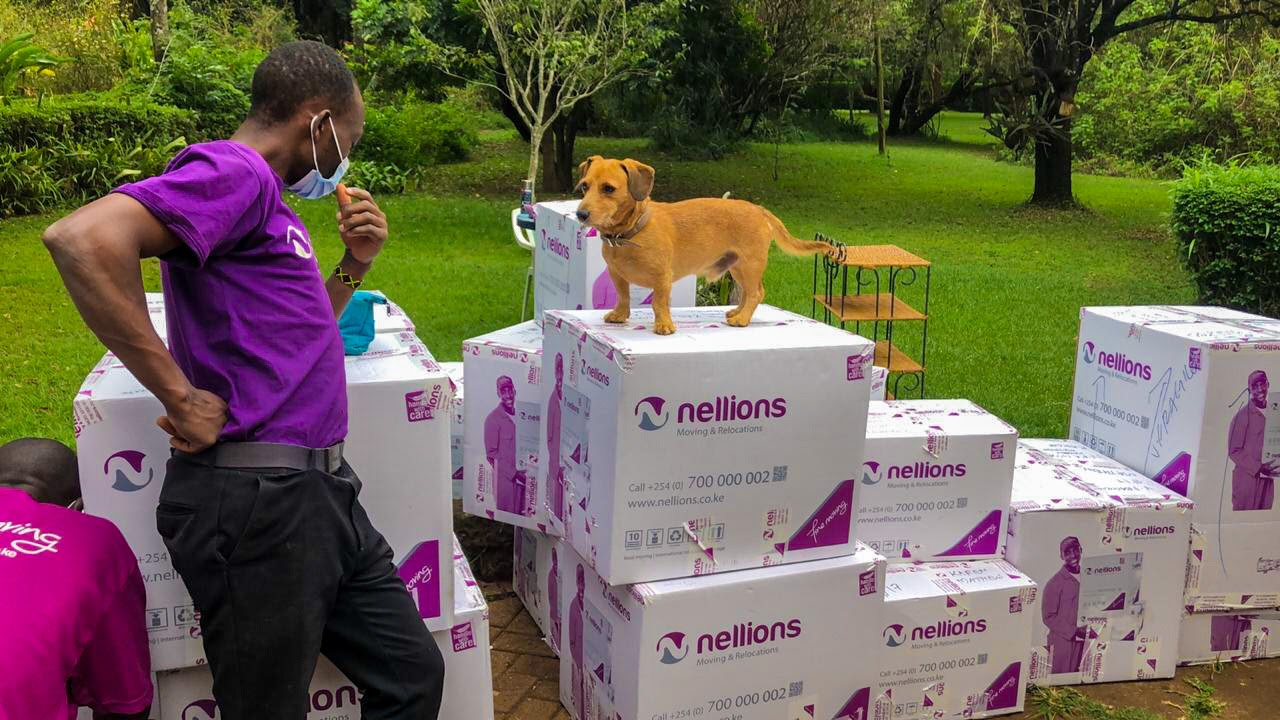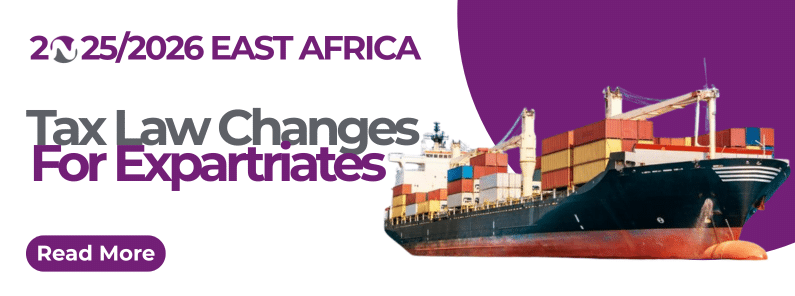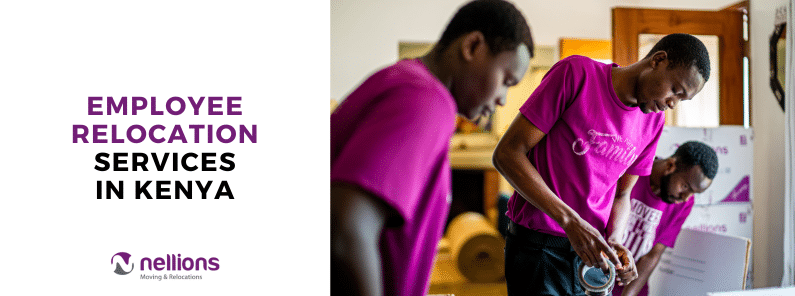Moving to a new office is a bit more complicated than moving house. For one, the equipment and machinery used in companies may require special delicate handling.
Secondly, there’s the important aspect of confidentiality which is always a concern when moving, but it’s even more important when handling the confidential information held by these companies.
Thirdly, moving comes with a lot of disruption to business activities. A business that is moving is hardly making money during the duration of the move. The longer the moving exercise continues, the bigger the disruption to the organization’s core business.
With these sensitivities in mind, it is essential to use a mover with the knowledge and experience to execute your move efficiently, and a reputation for being professional. Your mover should also be insured.
Don’t let the complexities overwhelm you; with the right strategies and a reliable moving partner, your office migration can be a seamless and stress-free experience.
At Nellions™, we understand the unique challenges of office moves, and we’re here to provide you with expert guidance to make your office migration easier than ever. In this comprehensive guide, we’ll share essential tips and strategies to help you navigate every aspect of the relocation process. From meticulous planning and coordination to safeguarding your data and updating your address, we’ve got you covered.
So, if you’re ready to embark on a successful office move that minimizes disruptions, maximizes efficiency, and ensures the safety of your valuable assets, let’s dive into the key steps that will make your office migration a breeze.
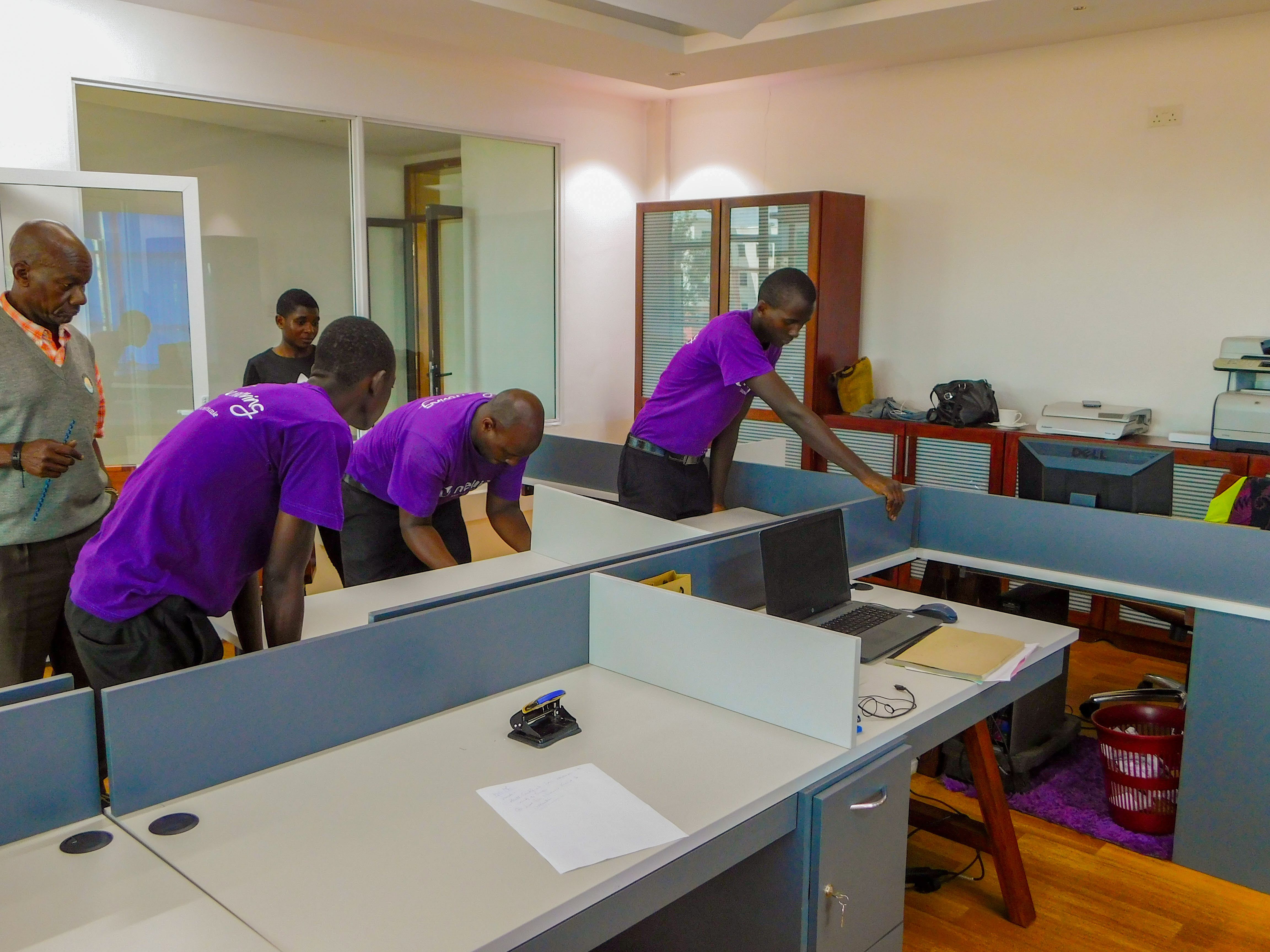
1. Start planning your office relocation early
The logistics involved in an office move demand early preparation. For office moving, we advise that you start planning for the move at least 4 months ahead of time.
Start by picking a moving date that is least disruptive to your business activities.
The move can also be conducted in departments, to avoid closing down of the entire office on moving day. If you have any equipment that requires special handling, inform the movers during your pre-move survey so they can plan ahead for it.
Heavy-duty equipment like cranes may be required to move such equipment, and the movers may need to pull down window panes in order to access it. Such things have to be discussed with the building’s management beforehand.
2. Appoint a Move Marshall for your Office Relocation
Appoint a member of staff from your office as the main point of contact with the movers.
This will help in coordinating the moving process and will be responsible for attending to any issues that arise in the process of the move. A sole point of contact makes the entire process better coordinated as opposed to dealing with multiple people.
All in all, remember that this is your move.
No matter how highly rated the movers come, your Move Manager is the representative from your organization tasked with seeing that everything runs smoothly. They will help set targets, resolve unforeseen challenges, liaise with other service providers where necessary, and take on a bigger role in ensuring the success of your move.
3. Protect your Data
Ensure that your most prized items are packed securely and separately from the rest of the goods. Remove the items from your safes, gather your contracts, hard drives, and other sensitive items and ensure that they’re packed separately by a trusted member of staff.
Nellions provides crates for this exact purpose.
A respectable moving company has the equipment and expertise to dismantle and assemble server racks, pad and protect your servers, protect your fragile IT equipment from dust and elemental damage, and ensure their safe haulage.
However, most are not able to decommission and redeploy their servers at the new office. Kindly make plans for your staff or another contractor to handle this part of the move.
4. Update your Address everywhere
For the sake of everyone who may want to visit your offices, suppliers, or customers, update your address on your website, letterheads, business cards, and social media accounts. You will also need to update your contact info on all online listings such as Google My Business, Yelp!, and other directories within a month of your move.
5. Inform your Employees
Communicate with your staff on the dates of moving, location of the new office, which department is to be moved first, important changes and procedures at the new business premise including:
- Any revised phone and fax numbers
- New building rules
- Packing arrangement at the new location
- Remind staff to pack their personal belongings and work-in-progress
- Other changes need to be brought to their attention.
6. Deep clean your office
The more items to be moved, the more complex the move becomes, which results in a larger moving quote. We always advocate for clients to take the opportunity while moving to declutter their spaces.
Sort out all the necessary items that need to be moved. Remove old files, shred unnecessary papers, dispose of old furniture and sell or donate equipment that won’t be needed anymore.
You will need to involve your accountants in this process as the disposal of assets affects the company’s bottom line (and potential tax obligations).
7. Plan with the I.T Department
A company can lose a lot of data or money in an office move when they experience significant downtime on their phone lines or servers or if some data storage devices go missing.
Engage your I.T. department when planning for the move and have them draft a plan for moving IT equipment and migrating the server room. This includes computers, servers, phones, and other physical IT infrastructure.
This is a big job and one that you can’t outsource to the movers, so it’s critical that your team gets to work on it as early as possible.
8. Will your Employees be Moving as Well?

Office relocation to a distant location may necessitate that (some of) your employees relocate as well.
Here are a few things that you should keep in mind regarding employee relocation during the course of office migration:
- Communication and Transparency: Keep your employees informed about the reasons behind the move, the timeline, and any changes they can expect. Address their concerns and provide opportunities for them to ask questions. Clear communication fosters trust and helps alleviate any anxieties associated with the move.
- Employee Needs Assessment: Conduct a thorough assessment of your employees’ needs to better understand their requirements during the relocation. Consider factors such as commuting distance, accessibility to amenities, and potential impact on their work-life balance. This information will help you make informed decisions and provide appropriate support.
- Relocation Assistance: Offer relocation assistance programs to help employees navigate the process more easily. This can include providing information about housing options in the new area, offering support in finding suitable schools for employees with children, and assisting with the logistics of moving personal belongings. By providing comprehensive relocation support, you demonstrate your commitment to employee well-being and job satisfaction.
- Adjustment Period: Recognize that employees may need time to adjust to the new office environment. Encourage an open dialogue during the transition period, allowing employees to express any challenges they might be facing. Offer additional training or support if necessary to help them settle into their new roles and surroundings.
- Team Building Activities: To foster a sense of camaraderie and unity among employees during the transition, organize team-building activities or events. This will help them bond with their new colleagues, build relationships, and create a positive work atmosphere.
- Ongoing Support: Maintain open lines of communication even after the relocation is complete. Regularly check in with employees to address any concerns that arise and ensure their satisfaction with the new office environment. Addressing their needs and concerns promptly will help maintain morale and productivity during the adjustment period.
Moving office is a lot more tasking than moving house. There are more people affected by the move, higher levels of accountability and oversight are required, and all this has to be done with the strictest confidentiality.
Not to mention that one small mistake during office migration can mess up your business operations for weeks.
It is therefore imperative to plan an office move meticulously in good time, allocate a budget for the move, and prepare oneself to solve any issues that arise during the move.
As always, Nellions™ is always available to lend a helping hand on your next office move.



